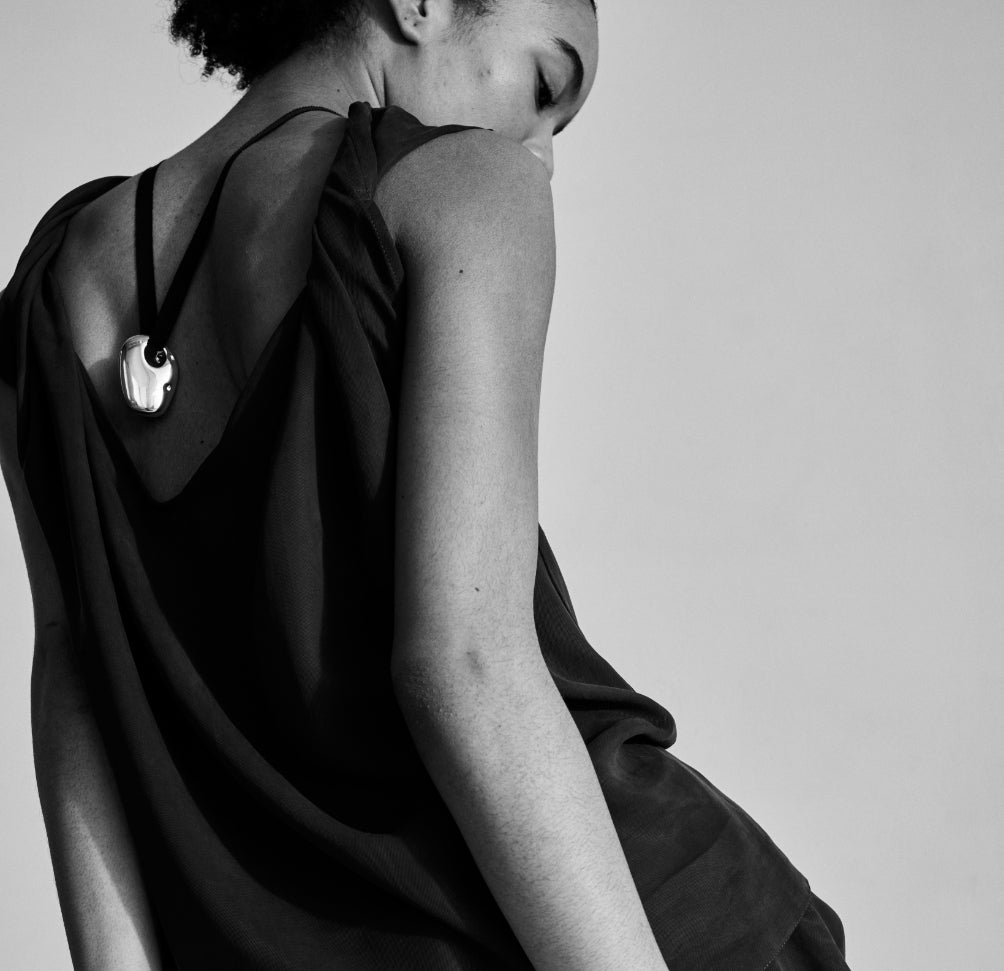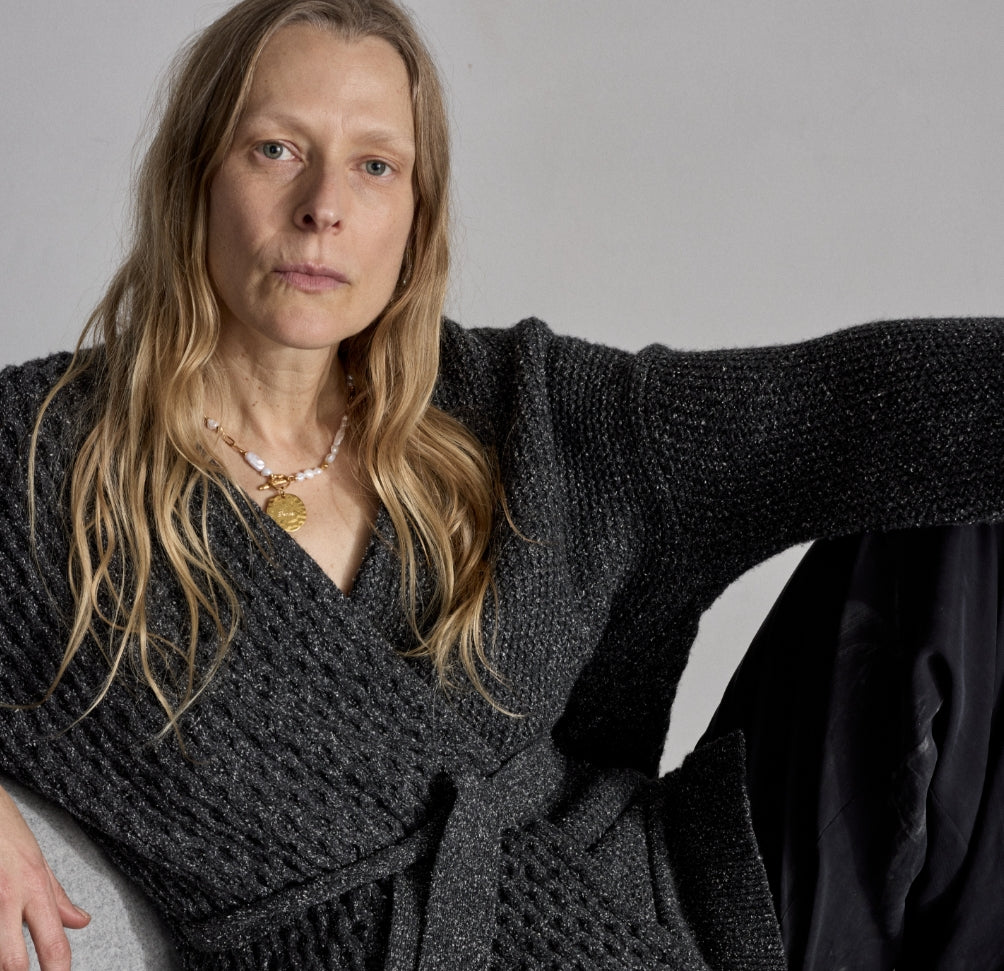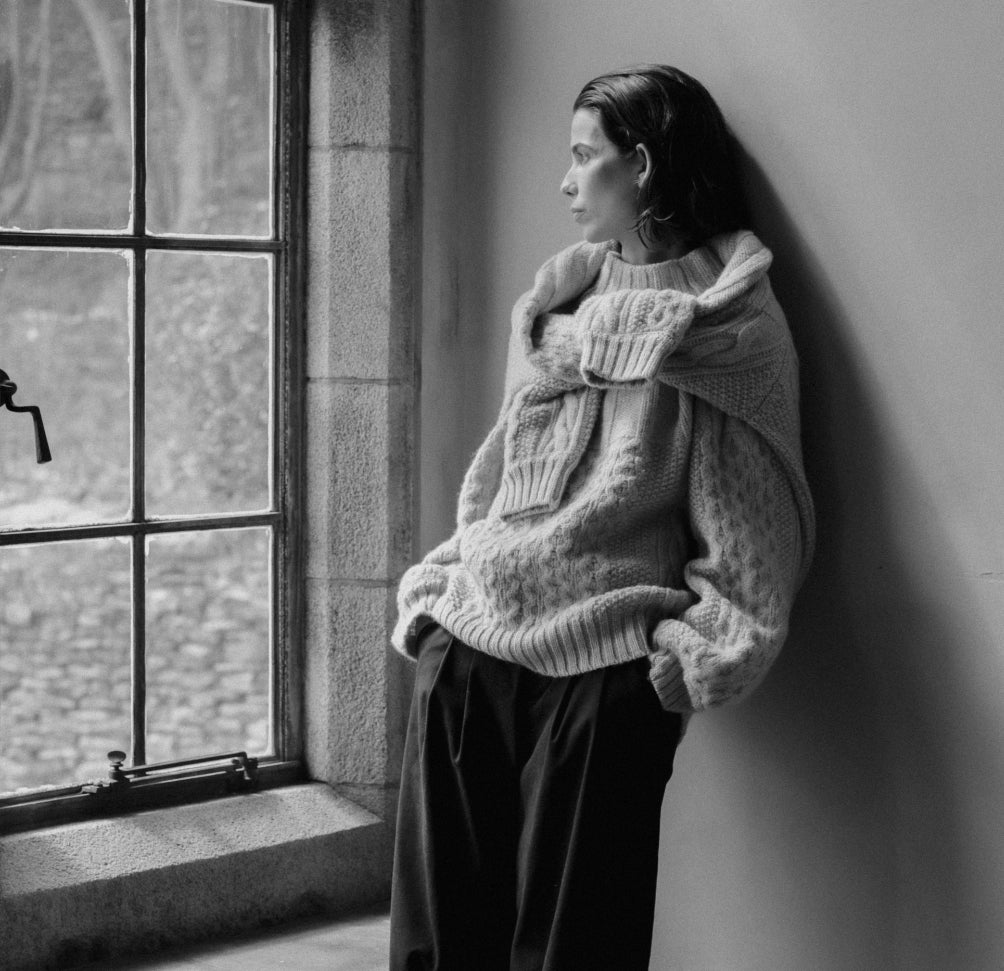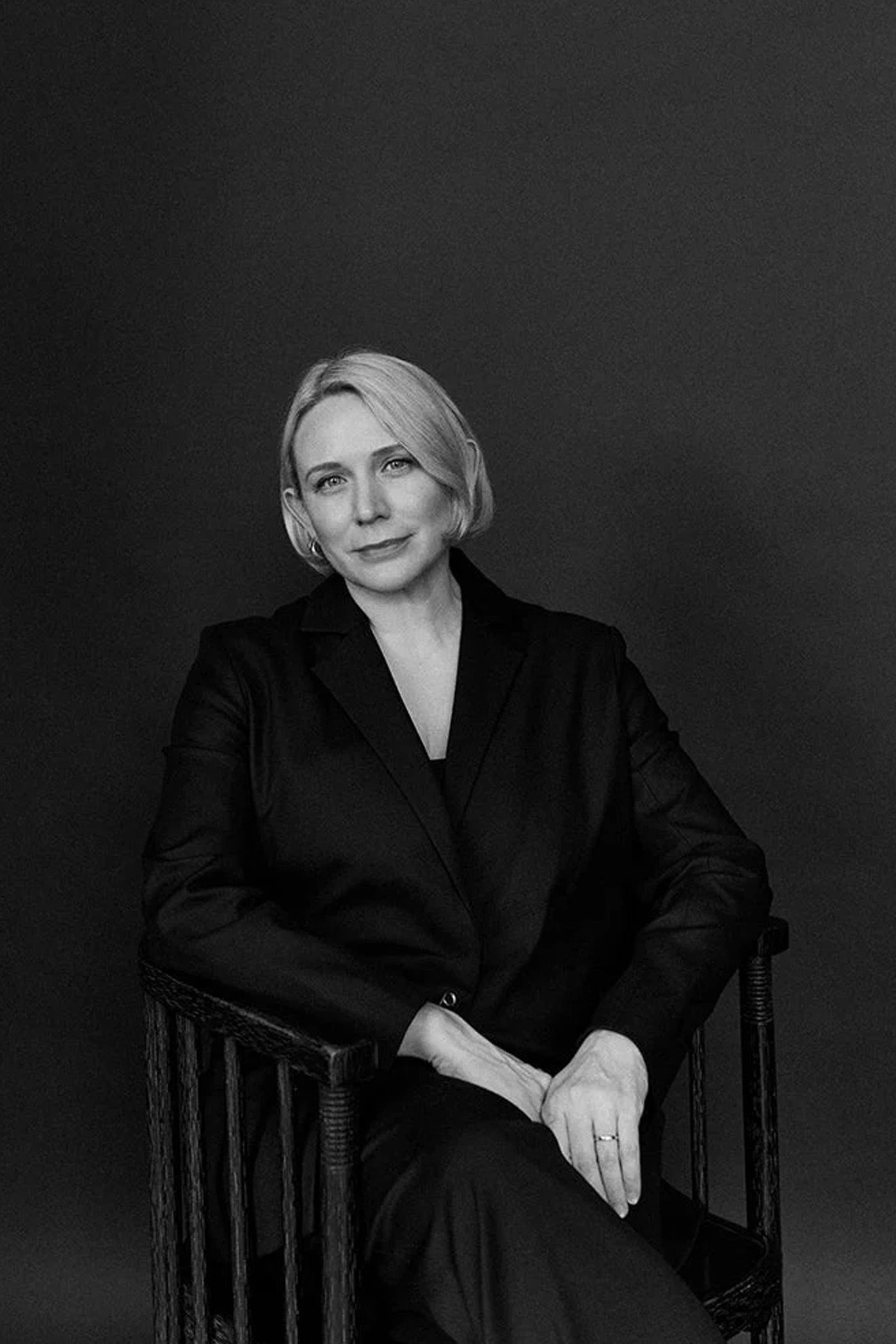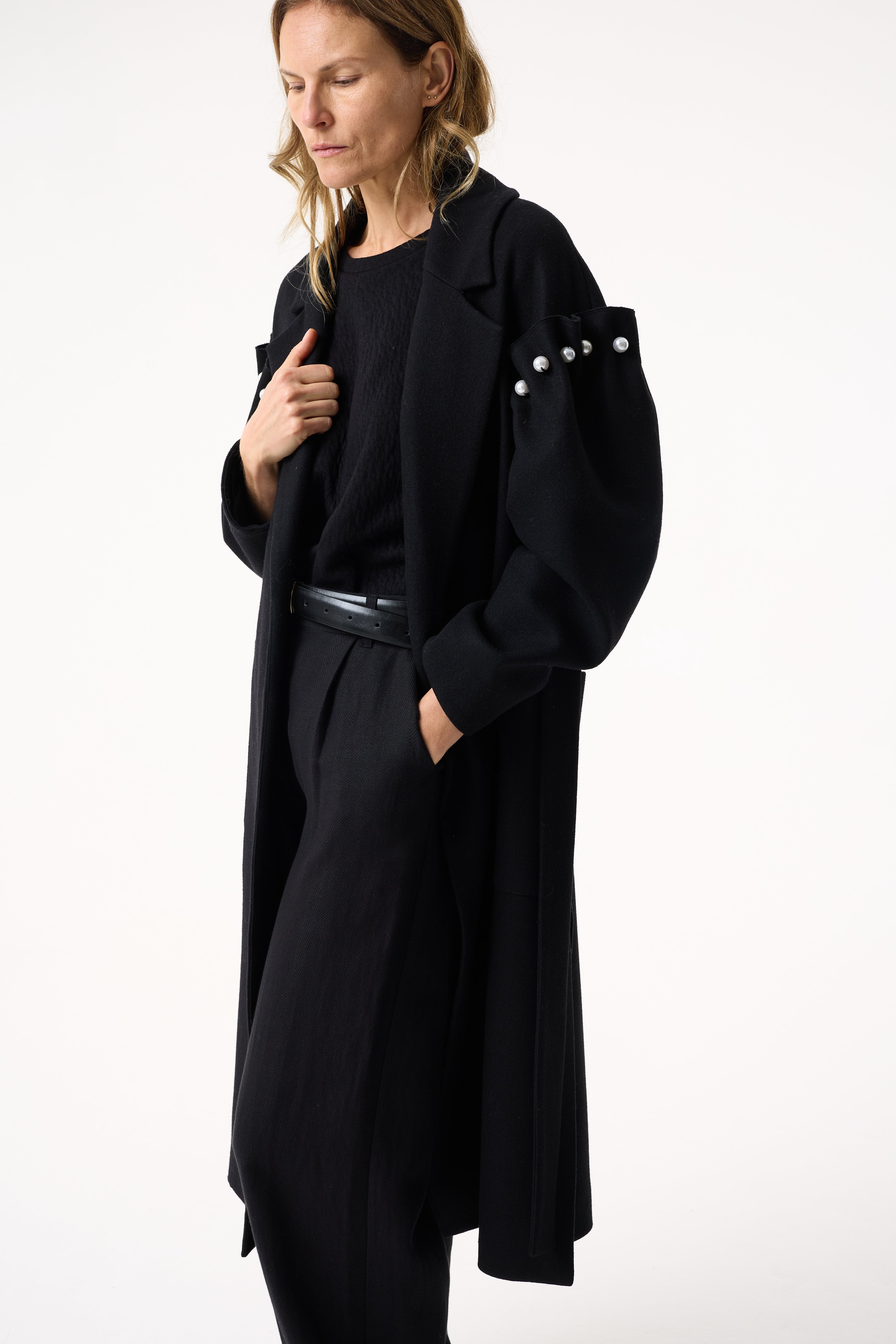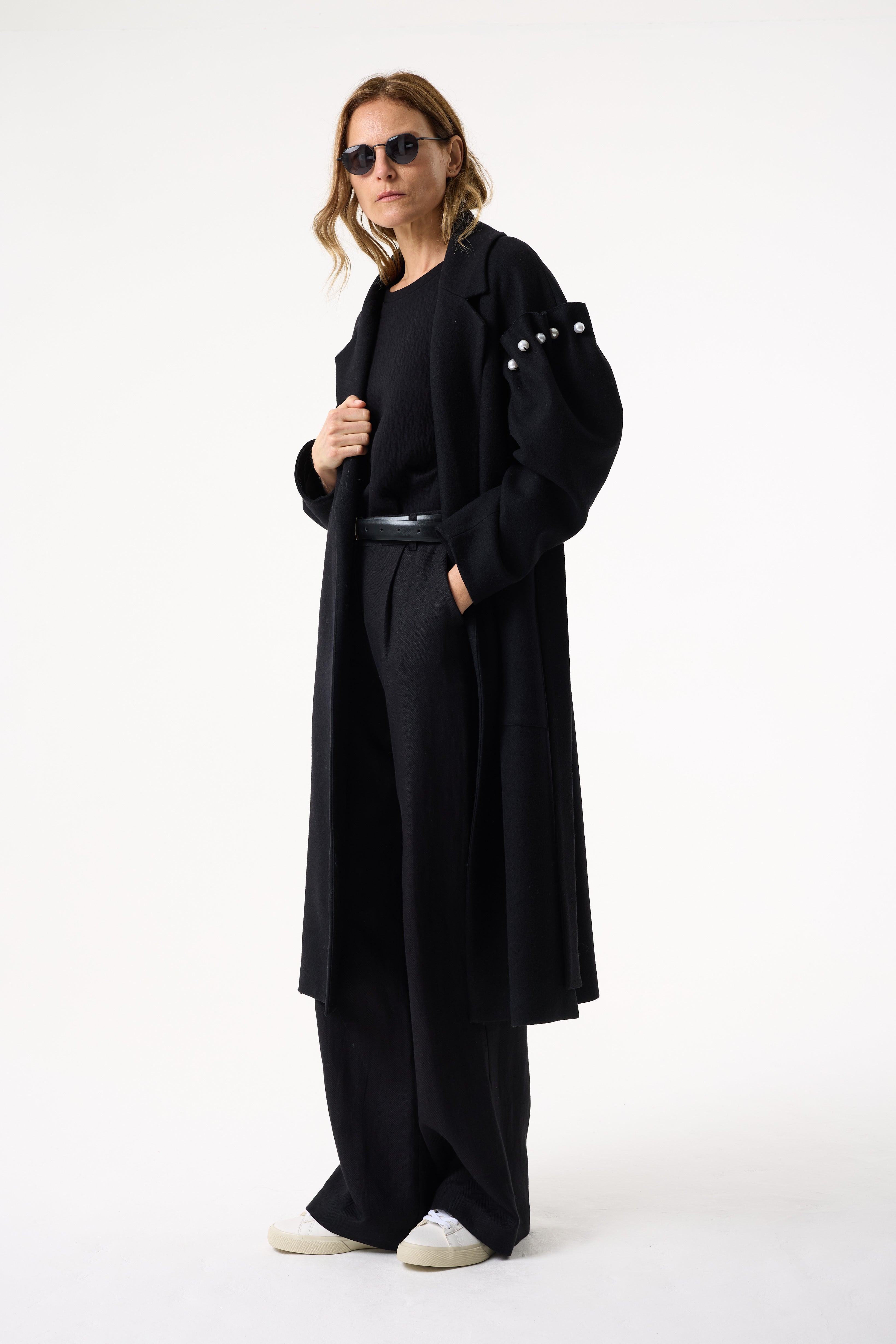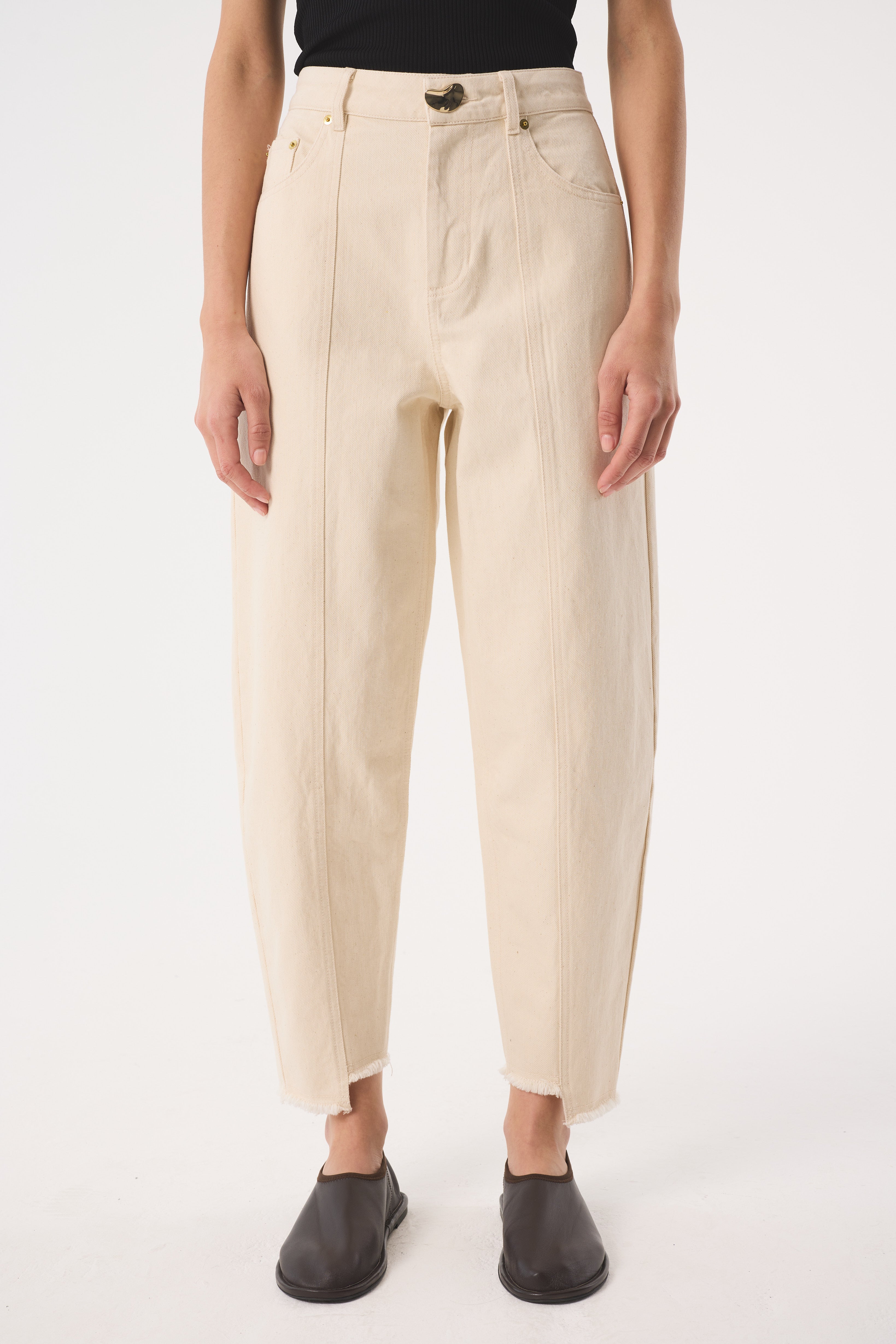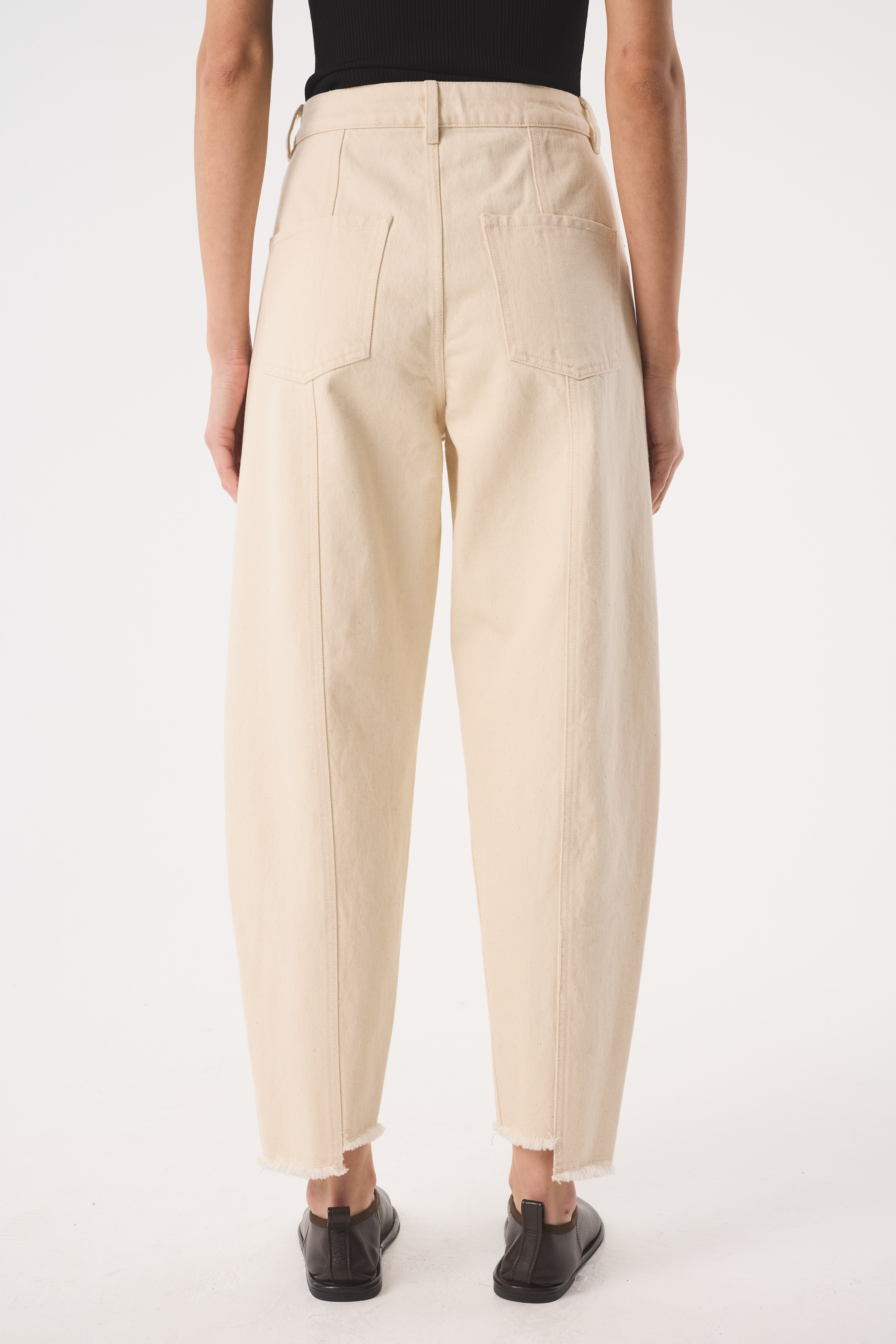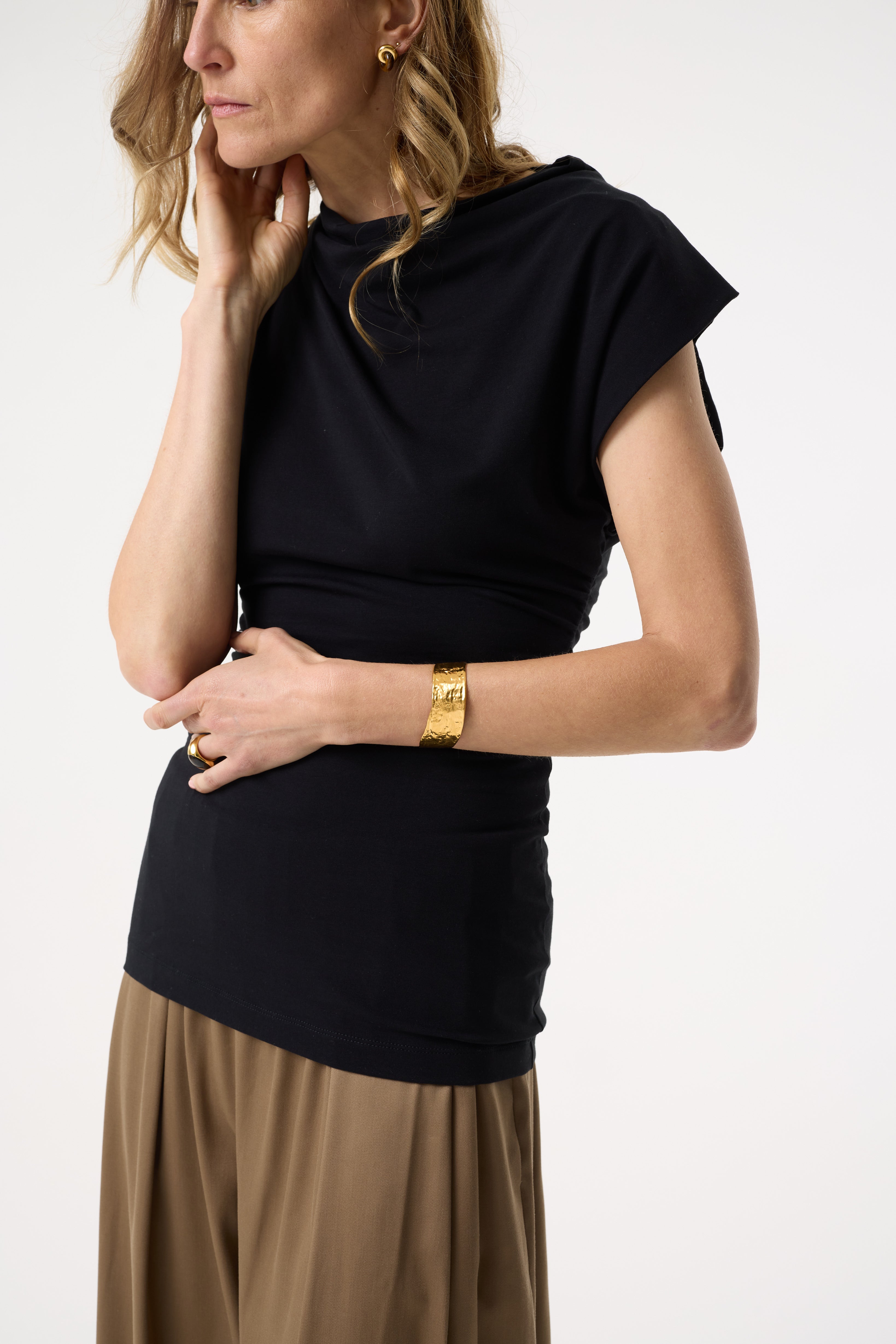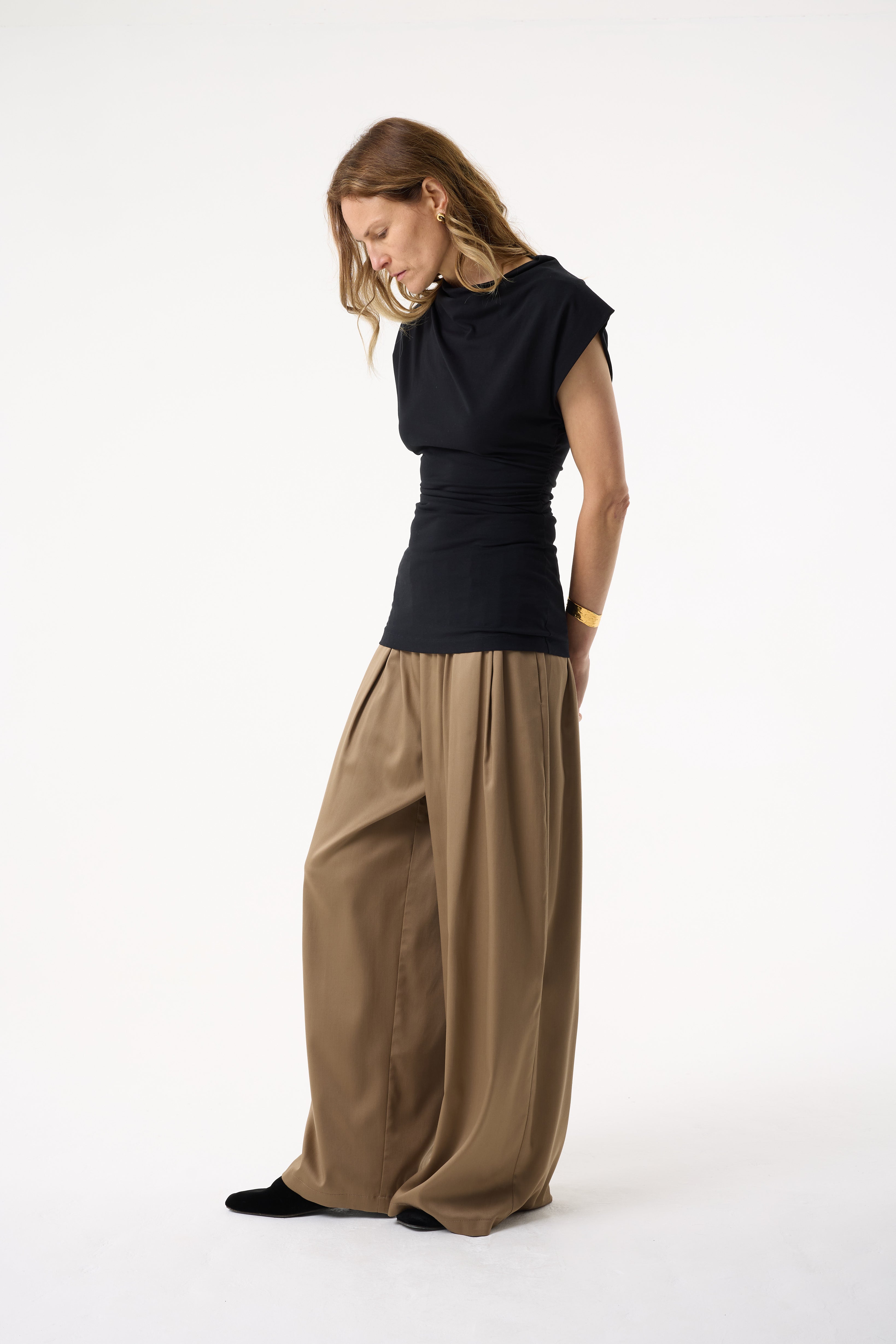As CEO of Textile Exchange – a global non-profit accelerating action on climate and nature across the fashion, textile, and apparel industry – Claire Bergkamp is helping to lead the global fashion industry toward a more sustainable, regenerative future. Her leadership is grounded in holistic systems thinking and the conviction that raw material and supply chain systems can – and must – be radically transformed at scale.
Since joining Textile Exchange in 2020, Claire has led the organisation through a strategic evolution to sharpen its focus and increase its impact – transforming how materials are produced, chosen, and reused to benefit people and ecosystems at the source. She has championed greater visibility and fairness for raw material producers, advocating for shared investment. She works to drive stronger connections between brands and those at the origin of supply chains, while supporting brands and retailers in making the changes needed.
We’re thrilled that Claire is bringing her incredible knowledge and experience to the AKYN Advisory Board.
In the first of our Conversations with Kynfolk series, Claire shares her insights into the opportunities presented by regenerative agriculture, and what gives her hope for the future of fashion.
Q: You’ve spent your career to date working at the intersection of fashion, sustainability, and systems change. What first drew you to this work?
A: “It started with a love of fashion from a young age, which evolved into an ambition to become a costume designer. That path led me into the film industry, where I began my career as a costumer – spending most days sourcing pieces for characters and navigating the malls of Los Angeles. It was an immersive introduction to the sheer scale and speed of consumption, and it left a lasting impression.
“Around that time, I began reading everything I could about what was then a very nascent sustainable fashion movement. The more I learned, the more I wanted to understand the systems behind it all. I’ve always been drawn to how things work beneath the surface. Once I see an interesting problem, I want to explore the whole system – where the leverage points are, and how meaningful change can happen. That drive took me to London to pursue my master’s degree, and ultimately into the heart of the fashion industry, where I’ve worked ever since to help reshape parts of it from within.”

Q: As CEO of Textile Exchange, what are your top priorities right now in pushing the industry toward meaningful transformation?
A: “Our top priorities are grounded in shifting the industry from intention to action—at the raw material level, where so much of fashion’s environmental and social impact is concentrated, yet too often overlooked because it sits at the very beginning of the supply system. We are focused on supporting the transition from conventional to preferred production systems, enabling industry adoption of our unified Materials Matter Standard (which will be published later this year), and engaging the industry in a new, strategic way that goes beyond membership and fosters real accountability.
“A critical part of this work is addressing the economic barriers that have historically limited uptake. We now have an opportunity to build on decades of piloting, learning, and innovation – gathering the proof points and success stories that show what’s possible. By connecting these insights with the right incentives, tools, and partnerships, we can create the enabling environment the industry needs to accelerate progress toward climate and nature goals. The focus now must be on building momentum and laying the foundation for meaningful scale.”
Q: There's growing conversation around regenerative agriculture in fashion. What role do you see it playing in the industry's future?
A: “Regenerative agriculture offers an incredible opportunity to align fashion’s material sourcing with the health of ecosystems and communities. But it has to be more than a buzzword. It requires long-term investment, producer support, and a commitment to outcomes over marketing. I see regenerative practices as a critical part of the transition away from extractive systems, especially in natural material production systems. If done well, it can help restore soil health, protect biodiversity, and improve livelihoods. But we need to be clear-eyed: regenerative transformation takes time and shared responsibility across the value chain.
“At Textile Exchange, we’re working to support this transition at the industry level. We’ve developed a regenerative landscape analysis to help map the current state of play, an outcomes framework that defines and aligns the environmental and social goals of regenerative systems, and we’re about to publish new guidance on regenerative claims to support credible, transparent communication. Our aim is to provide clarity and alignment so that regenerative practices can scale in a way that is both meaningful and measurable.”
“The path forward is still complex, but I believe we are better equipped and more aligned than ever before to take it on in a way that is inclusive, systemic, and focused on real impact.”


Q: With rising regulation in the EU and elsewhere, how is the global fashion industry adapting to stricter environmental and social standards?
A: “Regulation has the potential to accelerate accountability and help level the playing field so that the industry does not fall back into a race to the bottom. However, there is still a great deal of uncertainty about what will ultimately be put into law. I remain hopeful that key elements that have been discussed with and by policymakers for more than a decade, such as traceability, due diligence, and transparency, will start to come online. However, we cannot afford to wait for policy to catch up. Forward-thinking companies are using this moment not just to prepare for compliance, but to rethink their sourcing strategies. They are building systems that are resilient, responsible, and ready for the future. Regulation can help raise the floor, but true transformation will come from leadership that moves beyond compliance.”

Q: What gives you the most hope when it comes to fashion’s ability to become a force for good?
A: “I’m hopeful because it feels like we’ve learned what we needed to in order to move from theory into action – into targeted projects, implementation, and collaboration that bring a more diverse set of voices to the table. There’s a growing ability to see these challenges as part of interconnected systems, rather than isolated issues to be solved in silos.
“What was once considered fringe, whether it’s regenerative agriculture or textile-to-textile recycling, is now part of every serious industry conversation I’m part of. That signals a shift in mindset and momentum. The path forward is still complex, but I believe we are better equipped and more aligned than ever before to take it on in a way that is inclusive, systemic, and focused on real impact.”
Meet our Advisory Board.
Photographer: Trisha Ward
Get Claire's look with our Noor black jacket and Perla trousers.
Read more

A hero piece of our debut Collection 001, our Elsie jacket perfectly exemplifies everything that AKYN stands for – a refined, contemporary interpretation of a classic wardrobe staple, crafted eth...
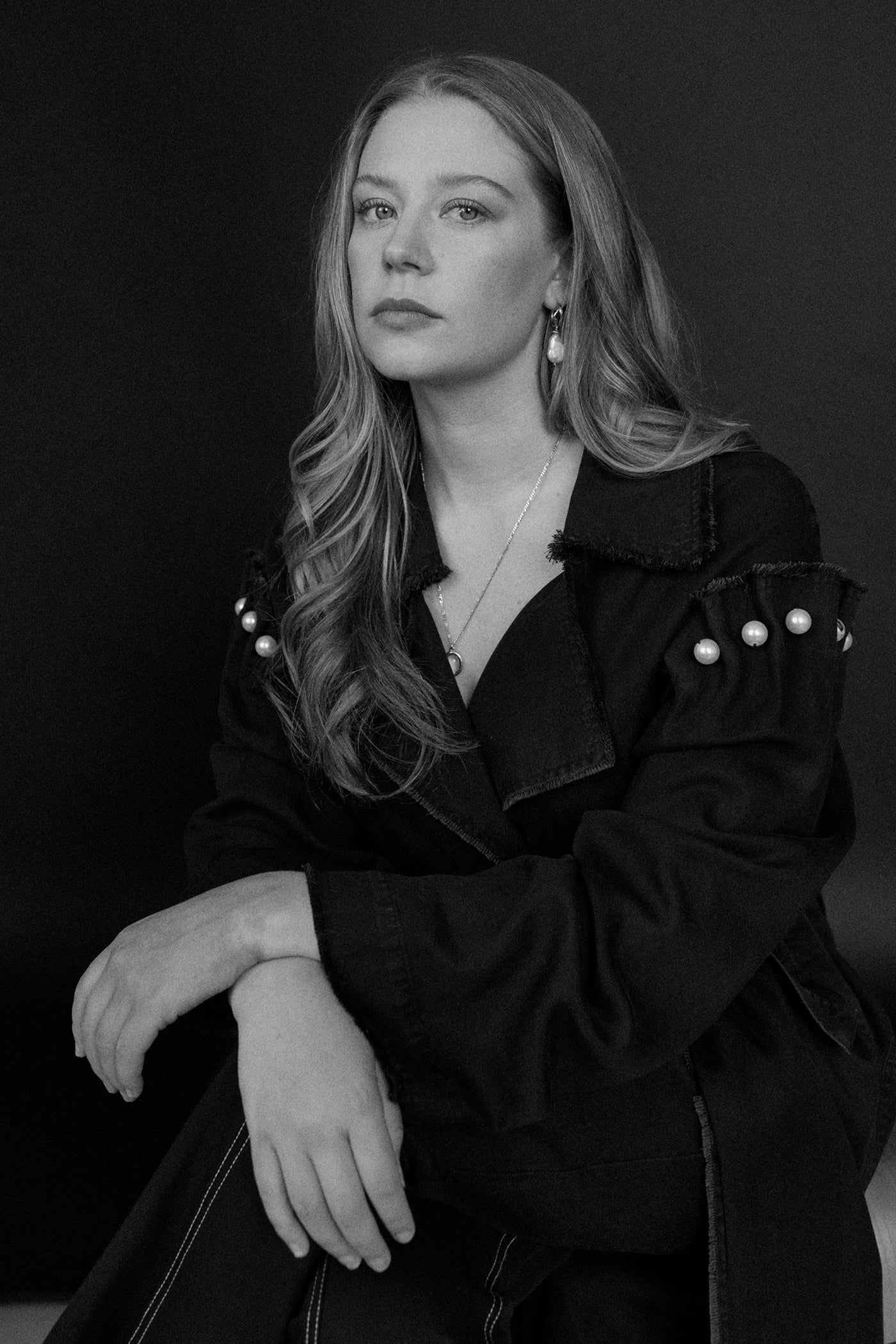
Next in our Conversations with Kynfolk series, we spoke to Grace Forrest, the founding director of Walk Free – an international human rights group working to accelerate the end of all forms of mode...

